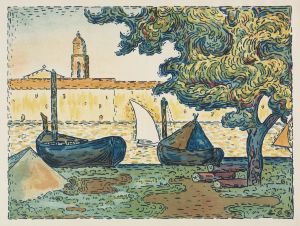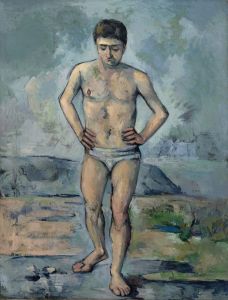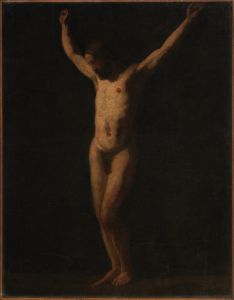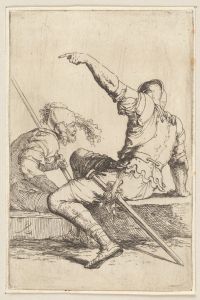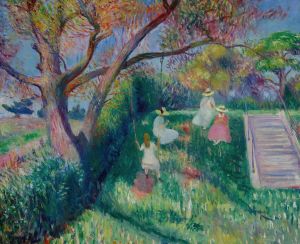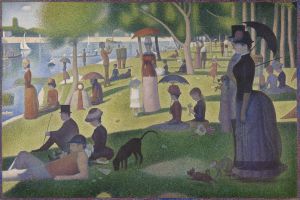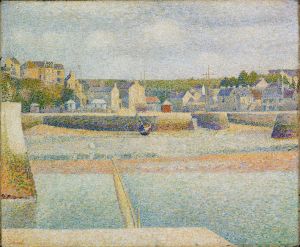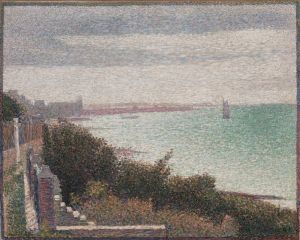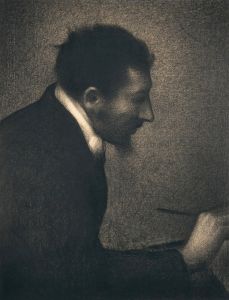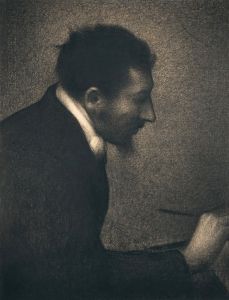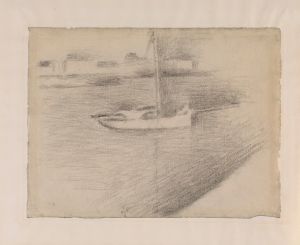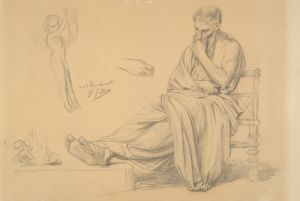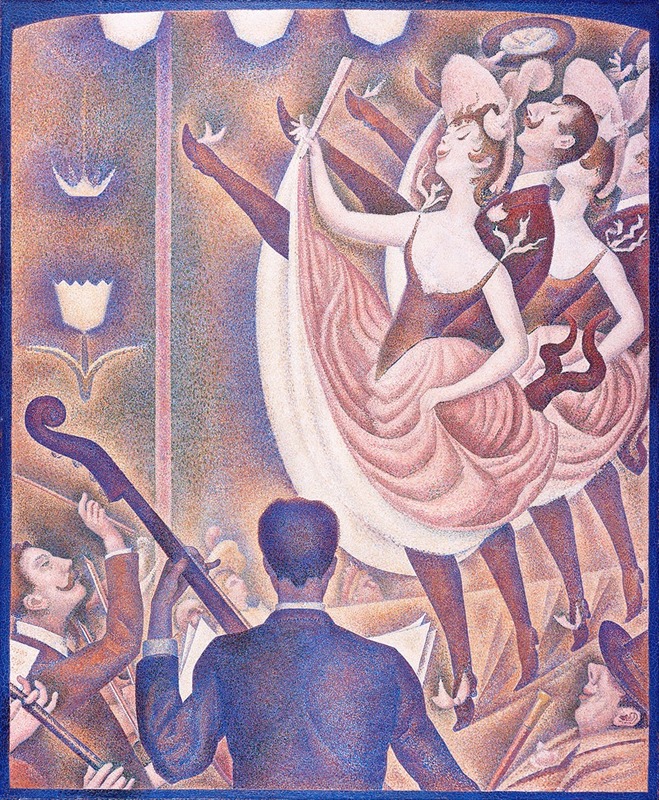
Le Chahut
A hand-painted replica of Georges Seurat’s masterpiece Le Chahut, meticulously crafted by professional artists to capture the true essence of the original. Each piece is created with museum-quality canvas and rare mineral pigments, carefully painted by experienced artists with delicate brushstrokes and rich, layered colors to perfectly recreate the texture of the original artwork. Unlike machine-printed reproductions, this hand-painted version brings the painting to life, infused with the artist’s emotions and skill in every stroke. Whether for personal collection or home decoration, it instantly elevates the artistic atmosphere of any space.
"Le Chahut" is a notable painting by the French artist Georges Seurat, completed in 1889-1890. Seurat is renowned for his pioneering technique of Pointillism, a method of painting in which small, distinct dots of color are applied in patterns to form an image. This technique is a branch of the broader movement known as Neo-Impressionism, which Seurat helped to develop.
"Le Chahut" is a vibrant depiction of a lively can-can dance scene, a popular form of entertainment in Paris during the late 19th century. The painting captures the energy and movement of the dancers, as well as the enthusiasm of the audience. The term "chahut" itself refers to a type of boisterous dance, which is fitting given the dynamic composition of the artwork.
Seurat's use of Pointillism in "Le Chahut" is evident in the meticulous application of color dots, which blend optically to create a cohesive image when viewed from a distance. This technique allows for a luminous quality and a sense of depth and movement, which are characteristic of Seurat's work. The painting is dominated by warm colors, particularly shades of red and orange, which enhance the sense of excitement and vibrancy.
The composition of "Le Chahut" is carefully structured, with a strong diagonal line created by the dancers' legs, leading the viewer's eye through the scene. This diagonal is balanced by the vertical lines of the musicians and the audience, creating a sense of harmony and balance. Seurat's interest in the scientific study of color and form is evident in this structured approach, as he sought to create a sense of order and rhythm in his work.
"Le Chahut" is housed in the Kröller-Müller Museum in Otterlo, Netherlands. The museum is known for its extensive collection of 19th and 20th-century art, and Seurat's painting is one of its highlights. The painting's presence in the museum allows visitors to appreciate Seurat's innovative technique and his contribution to the development of modern art.
Seurat's work, including "Le Chahut," had a significant influence on the art world, inspiring future generations of artists. His exploration of color theory and his methodical approach to composition paved the way for various modern art movements, including Fauvism and Cubism. Seurat's legacy is evident in the continued study and admiration of his work, as well as in the ongoing appreciation of Pointillism as a unique and influential artistic technique.
In summary, "Le Chahut" is a quintessential example of Georges Seurat's Pointillist technique and his interest in capturing the vibrancy of contemporary Parisian life. Through his innovative use of color and composition, Seurat created a dynamic and harmonious scene that continues to captivate audiences and art enthusiasts worldwide.





